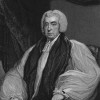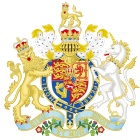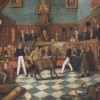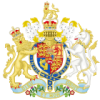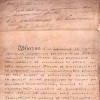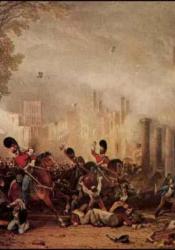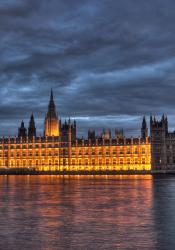Palace of Westminster
Commonly known as the House of Parliament, the Palace of Westminster is located in central London along the Thames and hosts the House of Commons and House of Lords. The building first served as the residence for the Kings of England and was erected in the eleventh century but was destroyed by a fire in 1512. In 1834, another fire ravaged the structure, with only a few medieval structures surviving. Noted Victorian architect Charles Barry, famous for his Gothic Revival architecture, designed the reconstruction. The Elizabeth Tower housing the famous Big Ben bell is one of the most iconic aspects of Westminster.
See the associated timeline (below) for a history of British legislation tied to the Palace of Westminster.
Coordinates
Latitude: 51.499479400000
Longitude: -0.124809200000
Longitude: -0.124809200000

